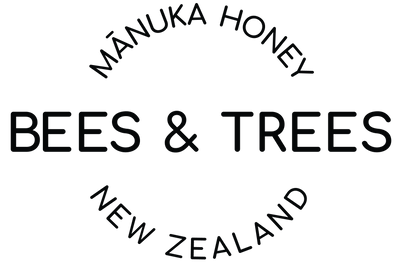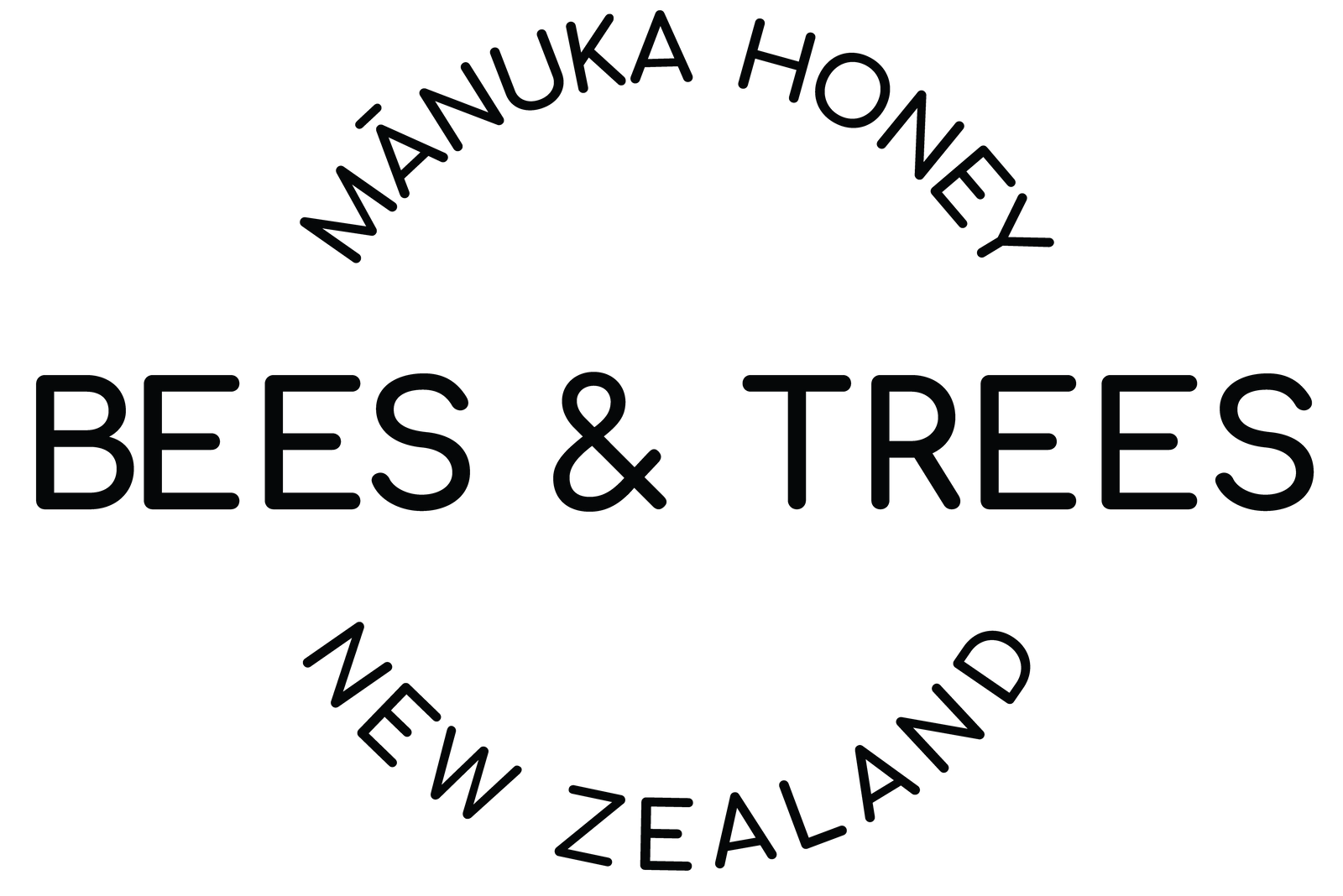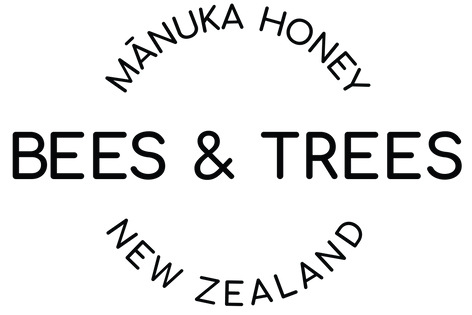Authentic Manuka honey, with its roots deep in the heart of New Zealand, has taken the global stage by storm, thanks to its unparalleled health benefits. Its international fame, however, has given rise to controversies, especially with Australia stepping into the global honey market.
The difference between New Zealand and Australian Manuka honey lies in the specific plant species that each type of Manuka honey comes from.
You see, New Zealand Manuka honey is derived solely from the leptospermum scoparium plant, which is commonly known as the Manuka plant. On the other hand, Australian Manuka honey is more diverse in its sources, as it can be obtained from any plant within the leptospermum species.
This is the primary difference. However, let’s analyze the differences using a wider scope.
The Origin of Manuka Honey: The Māori Legacy

First, to truly understand the essence of Manuka honey, we must venture to its origins. The term "Manuka" is not just a name—it's a legacy, a tradition, and an embodiment of the Māori culture.
For the indigenous Māori people of New Zealand, Manuka has been more than just a plant. The plant in various forms has been used in traditional remedies, carrying with it stories and practices that span generations.
New Zealand’s Unique Geography and Climate

New Zealand's diverse geography, with its pristine landscapes and climates, plays a pivotal role in nurturing the unique Manuka bushes. These regions, where the Manuka plant naturally thrives, contribute to the honey’s distinct taste and properties. Regions that include Northland, East Cape, Wiararapa, & Taranaki. Each region possesses unique soil conditions and subclimate variations.
New Zealand's Manuka Honey is Scientifically Standardized

New Zealand's Manuka honey isn't celebrated just for its taste or traditional value. The country has established a stringent scientific definition of what truly constitutes Manuka honey. This definition is rooted in four chemical markers and a DNA marker. These markers aren’t just chemical jargon; they are the heart of Manuka's authenticity and purity.
For honey to be exported as Manuka from New Zealand, it must meet these defined criteria, ensuring consumers across the globe are getting the genuine product.
Australia's “Manuka” and the Botanical Mix-Up

Australia's venture into the "Manuka" honey market is where things get complex. While both New Zealand and Australia have the *Leptospermum scoparium* plant, the country also houses related varieties known as tea-tree and Jelly Bush. These aren't mere synonyms but entirely different species.
Further, these more common varieties in Australia grow extensively, across the country whereas the actual Leptospermum scoparium” are isolated to a couple of small regions including the Island of Tasmania. Unlike New Zealand's clear-cut definition, Australia hasn't established such rigorous standards for Manuka honey. This situation blurs the lines between the honey's botanical origin, purity, and authenticity.
Three Decades of Research: New Zealand Manuka Honey Stands Tall

Over the last 30 years, scientific studies probing the health benefits of Manuka honey have predominantly relied on samples sourced from New Zealand. This research has set the gold standard for Manuka honey's health properties, emphasizing the trust and credibility of New Zealand’s product.
Unfortunately, without standardized definitions in Australia and with varied plant species in the mix, the consistency and reliability of Australian "Manuka" honey remain in question.
Trademarks, Regulations, and Global Implications

Manuka honey's surging global popularity has spurred New Zealand to push for trademarking "Manuka". This move isn't merely about market share but preserving the authenticity and legacy of a product deeply intertwined with New Zealand's culture and geography. Amidst this backdrop, debates and legal tussles have arisen, especially with Australian producers, over the rightful use of the term.
For the Love of Honey: A Consumer's Guide

Manuka honey's allure is undeniable. But with varieties flooding the market, how can you ensure they're relishing authentic New Zealand Manuka honey? The key lies in certifications and labels.
You should look for MG/UMF ratings on the label, and preferably honey packaged in New Zealand where strict labeling standards are enforced. When you do so, you aren’t just buying a jar of honey but a piece of New Zealand's legacy. Learn more about how to buy authentic Manuka honey.
Conclusion

The world of Manuka honey is rich, not just in flavor but in culture, tradition, and science. While both New Zealand and Australia offer their own sweet delights, when it comes to Manuka honey, New Zealand's stringent standards, backed by decades of research, make it stand out.
In the quest for the purest Manuka honey, New Zealand undeniably holds the torch high.
For those keen on delving deeper into this sweet debate, a plethora of research studies and resources await, painting a picture that is as intriguing as it is delicious.







